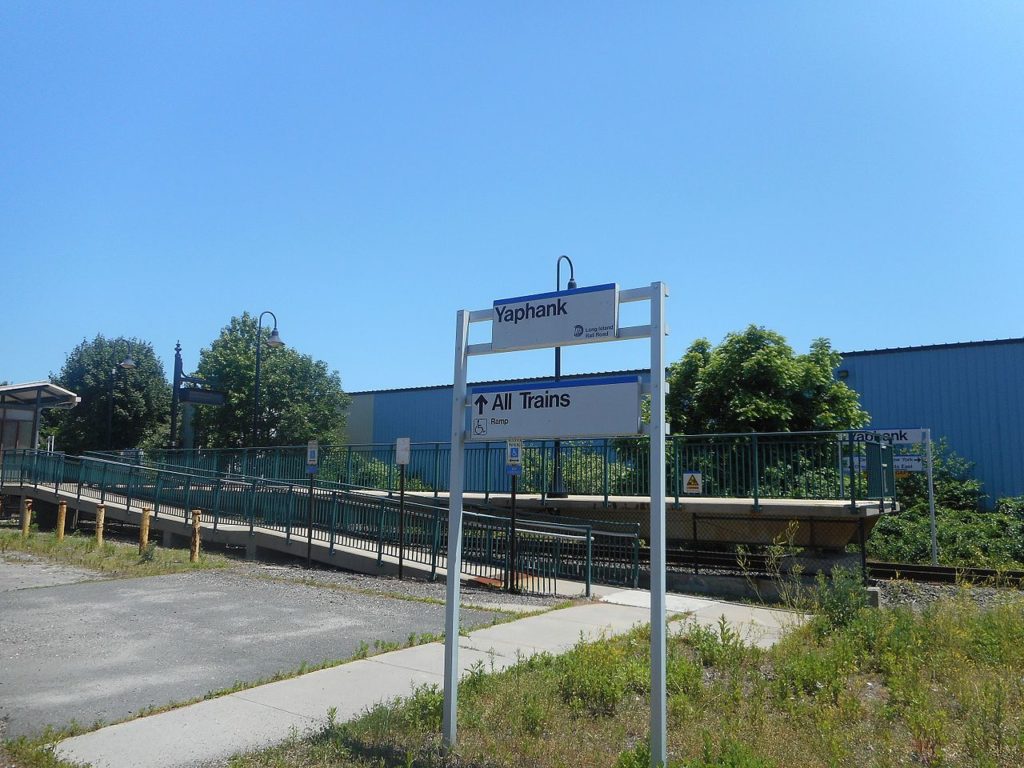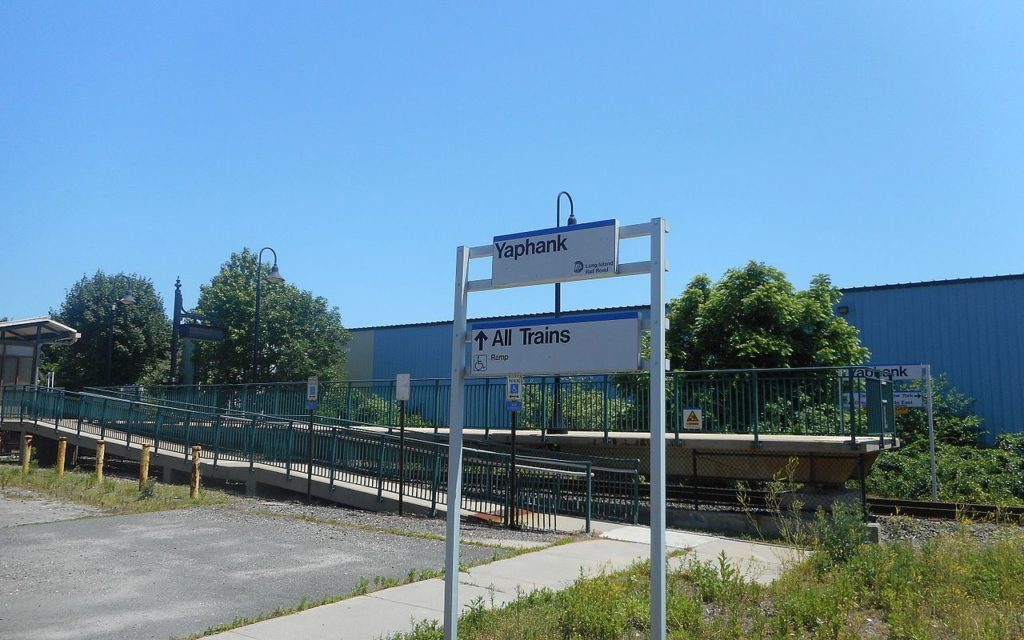The following are quick hits of reporting and editorial analysis from The Foggiest Idea on the local and regional developmental issues that matter. For more, be sure to LIKE TFI on Facebook.
By Richard Murdocco – Published September 3rd, 2021
Days after a near miss from Hurricane Henri, the post-tropical remnants of Hurricane Ida tore through the New York metropolitan region, leaving in the storm’s wake forty-three deaths and a crippled transportation network.
In New Jersey, Governor Phil Murphy reported that there were twenty-three deaths due to the raging floodwaters. In New York, fifteen lost their lives, most of whom were overwhelmed by rising waters in basement apartments, while four died in Pennsylvania. Connecticut had one death.
The system brought with it record-shattering rains that turned expressways into rivers and spawned vividly destructive EF-3 tornadoes that spun across suburban New Jersey. The storm’s driving rains were so severe that the National Weather Service declared a Flash Flood Emergency in both New York and New Jersey for the first-time ever. Rainfall rates were as high as three to five inches per hour, with some areas receiving more than nine inches of rain at an alarmingly rapid pace.
A Flash Flood Emergency is one of the weather service’s most extreme warnings, and is used in “exceedingly rare situations when extremely heavy rain is leading to a severe threat to human life and catastrophic damage,” typically with “life-threatening water rises resulting in water rescues/evacuations.”
“To be clear, this particular warning for New York City is the second time we’ve ever issued a Flash Flood Emergency,” the agency said on social media shortly after alerts had hit millions of smart phones across the warning area. “The first time we’ve issued a Flash Flood Emergency was for Northeast New Jersey a (sic) an hour ago. (It’s the first one for NYC).” In addition to the flash floods, Ida’s fury brought powerful tornadoes, which touched down in New Jersey and radar-indicated rotations triggered late-night warnings to residents on western Suffolk County’s north shore.
Forecasters said that Ida soaked Central Park with over three inches of rain in one hour on Wednesday evening, the highest amount on record.
As the floodwaters rose, New York City Transit, Long Island Rail Road and Metro-North’s operations ground to a halt. Videos from stranded subway riders showed numerous stations across the city that were inundated, with floodwaters roiling down stairways and platforms. In the northern and eastern suburbs, trees were draped across rail tracks. Metro-North lines in Westchester suffered complete wash-outs, rendering lines inoperable. A travel ban was imposed city-wide overnight, and states of emergencies were quickly declared throughout impacted areas by localities and the states of New Jersey and New York.
Ida initially had slammed into the Louisiana coast as a Category 4 hurricane days before, and moved on to carve a path of destruction across the United States after weakening to a still potent post-tropical cyclone.
“It’s been a brutal night. And all New Yorkers have seen bad weather before, horrific weather before, but this is one for the record books,” New York Governor Kathy Hochul said during an interview with WNYC radio Thursday morning, going on to say that the drenching rains were unprecedented.
As the waters receded on Thursday, the NYPD reported that they towed 500 cars that were strewn about the boroughs, and in New Jersey, fish flopped helplessly in the streets on storm drains. “There’s no other way to put it,” Governor Murphy said as he toured a neighborhood of homes destroyed by one of Ida’s tornadoes. “The world is changing.”
LONG ISLAND BUSINESS GROUPS TO MTA: MOVE YAPHANK LIRR STOP AND EXPAND ELECTRIC SERVICE
On Monday, business leaders on Long Island penned a letter to the Metropolitan Transportation Authority urging the transit agency to relocate the Yaphank Long Island Rail Road station closer to Brookhaven National Lab and extend electric rail service further east.
The letter, signed by the heads of the Long Island Association, Association for a Better Long Island, Long Island Builders Institute, and other stakeholders argued that the moves would bolster the economy by increasing access to BNL and by stimulating development along the William Floyd Parkway corridor. You can read the group’s letter to the MTA here.
In recent years, the MTA conducted a feasibility study that explored the relocation of the little-used Yaphank station, but local disagreements concerning where exactly the station should be moved has delayed the project’s progress.

Pictured: The Yaphank LIRR Station. According to reports in Newsday, Yaphank’s weekday schedule lists four eastbound and five westbound LIRR trains. In 2019, railroad officials said daily ridership at the station was 30. (Photo Source: Wiki Commons)
Suffolk County Executive Steve Bellone has been pushing for station to be sited at BNL, while Brookhaven Town Supervisor Edward Romaine has argued that the stop should be placed closer to the William Floyd Parkway, a spot where the locality has targeted economic growth efforts in recent years. Overall, it is challenging to build in area thanks to New York State’s sweeping land use restrictions that protect the Long Island Pine Barrens ecosystem.
In 2016, LIRR officials estimated that electrifying the railroad tracks along the 26-mile stretch between Ronkonkoma and Riverhead would cost about $18 million per mile. If electrification isn’t feasible, the group also recommended the MTA seriously consider the use of battery-powered locomotives.











